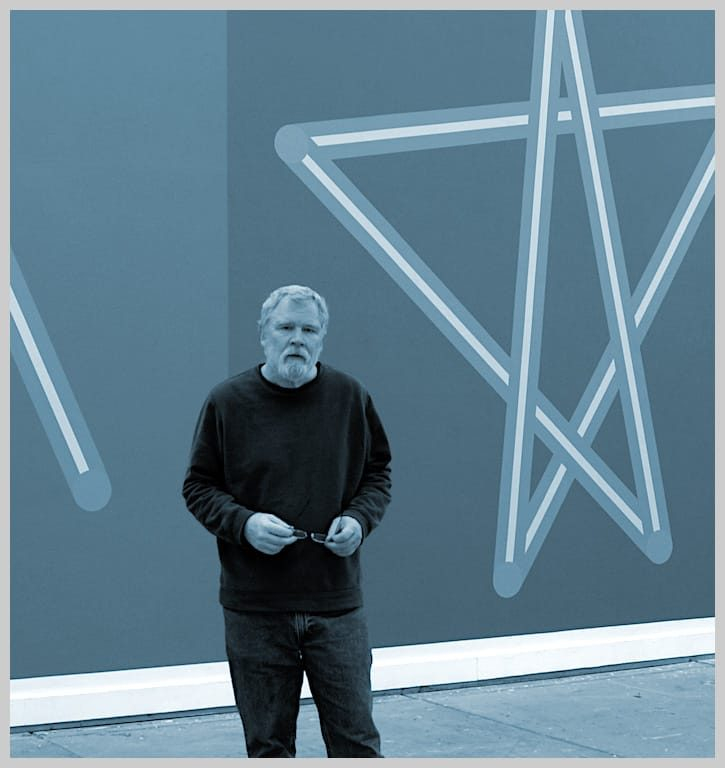
Solo Exhibitions and large-scale installations by Michael Winkler (Michael Joseph Winkler, born 1952, Lima, Ohio) have been exhibited at: University of Pennsylvania (mid-career retrospective in the Rosenwald Gallery); Kassel Art Museum, Germany; Kaus Australis Foundation, Rotterdam, Netherlands; Academy of Fine Art, Poznan, Poland; Aldrich Museum’s Soho Center Gallery, New York; Kansas City Art Institute; and other galleries and museums in the U.S. and Europe. Works have also been exhibited in group exhibitions at: Museum of Contemporary Art, Chicago; Contemporary Arts Museum, Houston; Nexus Contemporary Art Center, Atlanta; KUBA KulturBahnhof, Kassel, Germany; King Stephen Museum, Szekesfehevar, Hungary; BAC Batiment d’art contemporain, Geneva, Switzerland; and other galleries and museums in the U.S., Europe, and Asia.
His ongoing project has taken form in a wide variety of media. Early explorations were presented as intermedia performances (a major work was featured at the New Music America Festival in 1987). Experimental books and manuscripts which were often acquired for the Special Collections of the libraries of art institutions were also produced. Major collections include: Museum of Modern Art and Brooklyn Museum in New York (search via NYARC-Discovery); Staatliche Museen zu Berlin, Germany; Staatsgalerie, Stuttgart; as well as the Special Collections of academic libraries including: Yale University; Stanford University; and University of California at Los Angeles (search WorldCat.org: ‘Michael Winkler‘ or ‘Michael Joseph Winkler’ for info on access to work in Special Collections). A large number of works including drawings, books, and project documentation from the 80’s and 90’s are archived in the Ruth and Marvin Sackner Collection of Language-Based Art housed at the University of Iowa. Corporate collections include Seybert and Rahier, Immenhausen, Germany (commission, 2013); Daimler Mercedes-Benz, Kassel, Germany (commission, 2015).
His interdisciplinary project has attracted support in the literary community. It was featured in the landmark anthology, IMAGINING LANGUAGE in the company of work by authors such as James Joyce, Victor Hugo, and Louis Braille (MIT Press; Ed: Rasula & McCaffery).
His work has also attracted a following in fields outside the arts. In the philosophy of language, it’s of interest because it questions the accepted idea that the signs of language are arbitrary (a foundation of linguistics and post-structuralist philosophy based on an assumption made a century ago). In relation to the philosophy of science, his presentation of the patterning of prime numbers in the “SignalGlyph Project” (A Net Art project presented in 2005 by Turbulence.org and North American Center for Interdisciplinary Poetics) points to a possible weakness in the formulaic language of mathematics–it demonstrates that the dimensional limitations of formulaic expression may make it incapable of describing some Natural phenomena (Philpeople.org/profiles/Michael-Joseph-Winkler). Researchers involved in attempting to uncover the origins of language also follow his project–the unintentional patterning of orthography echoes some features of early artifacts of the emergence of the symbolic mind (his work has been published by the Pleistocene Coalition).
Awards include: Fellowships from the National Endowment for the Arts and the Pennsylvania Council on the Arts; a LINE II Association Book Award; and a Special Members Award from the American Society of Composers, Authors & Publishers.
(CV)
